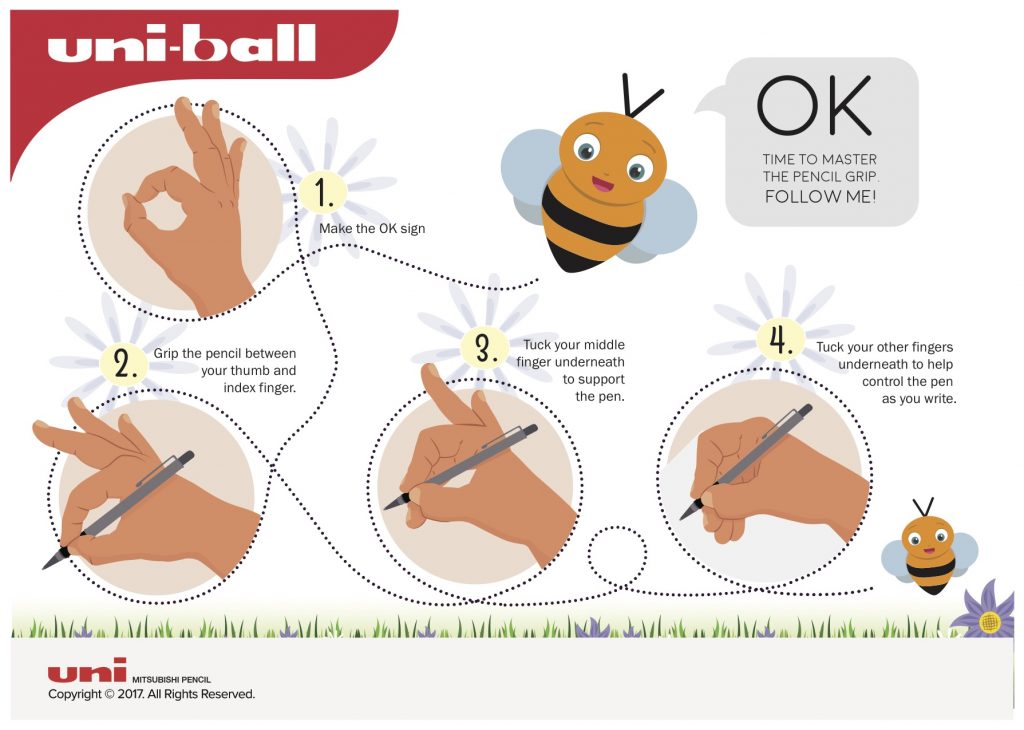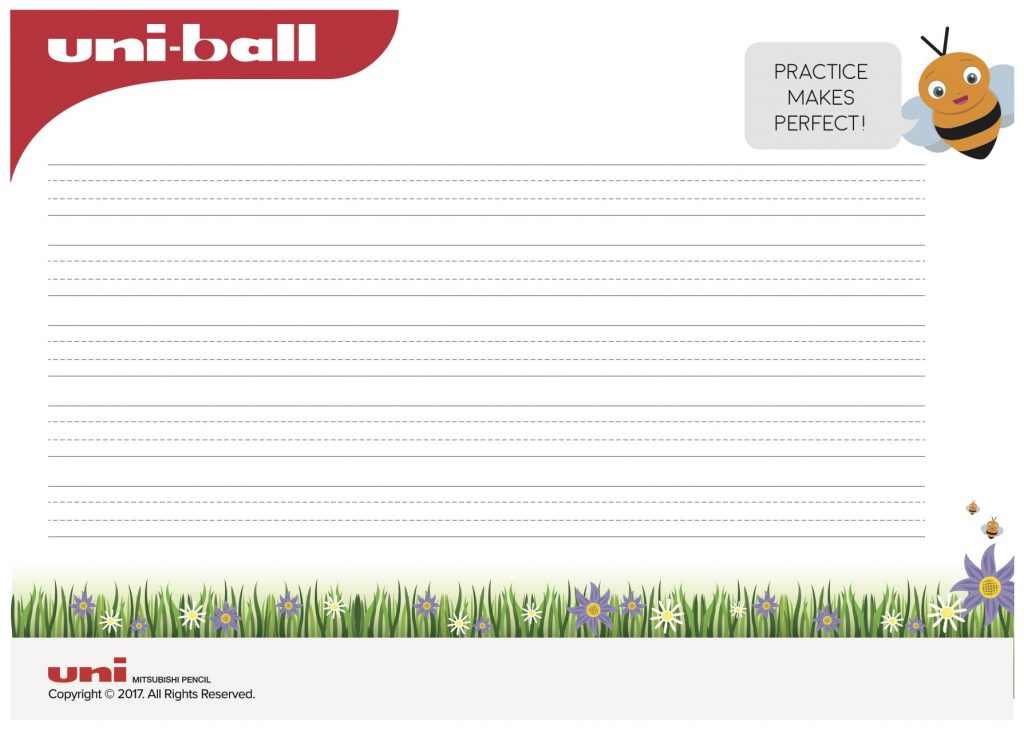*This is a collaborative post

5 Tips for Improving your Child’s Handwriting & Free Printables
Before my son started school, I didn’t think a great deal about handwriting, it was just something we would get to when I started school. Then he started reception and I was introduced to the concept of cursive writing which is what they teach at my son’s school.
Cursive writing, if you haven’t come across it before, is teaching to children to write joined up writing straight away. At first, it felt really alien to me, as it isn’t actually how I myself write. I write joined up, but I don’t form the letters the way my son is taught at school, so I had to get my head around how it was done before I could help my son to learn at home.
I hadn’t realised until recently, just how important it is to get handwriting right when children are young. That it can have such a vast impact on adult lives if they do not learn to write well in their childhood. For example, did you know that, according to the Institute of Education, the quality of handwriting education in primary schools can have a direct impact on success into secondary and higher education? Or that the National Literacy Trust suggests as many as a staggering 25% of UK adults are classed as ‘functionally illiterate’ with many struggling to write a birthday card or a cheque.
My son is still very much learning, but I have been amazed how quickly has taken to reading and writing. He is in year one now, and one of the fun things he likes to do is make up and write little adventure books which is really sweet.
So how can you help your child if they are learning to write?
Here are 5 Tips for Improving your Child’s Handwriting with Uniball
The Right Environment
Sit your child down at a table properly with their legs down properly and sat up straight. Sitting on the floor and poor posture can make writing more difficult. When my son does his homework or writing he always sits at the dining room table or the little craft table we have.
Grip
Teaching your child a good grip really is essential. The pen or pencil should rest near the base of the thumb, and be held in place with the thumb and middle fingers. Here is a good printable to help you get the grip right. My daughter is 3 and is really starting to get into her drawing and just starting to form letter shapes and if I help her get her grip right it makes such a difference.

Use the Correct Paper
Use lined paper like your child would use at school. The lines will help keep the letters the right size. It stops the letters from getting bigger and bigger which my son can stumble with when he writes on plain paper.

Slow Down
Encourage your child to slow down when they write. When they are going slow they are less likely to make mistakes. We all make mistakes when we do things too fast and of course it’s the same for children, showing them to slow down and take their time is a great lesson for learning in general.

Make Writing Fun
Writing doesn’t have to be boring! Like I said above, my son enjoys making little story books up and there all sorts of fun activities around writing you can do with your children. Try drawing games and fill in the missing word stories. Even just writing cards for friends and family members is a fun and interesting way to encourage them to read.

Download the tips for yourself
More Free Handwriting Printables
Here are some free printables and great resources from Uniball to help you help your child to improve their writing skills.
Exercises for Stronger Hands

Developing Motor Skills

Get free handwriting worksheets from the Uniball website
Have you got any tips to share on how you have encouraged your child to read?
